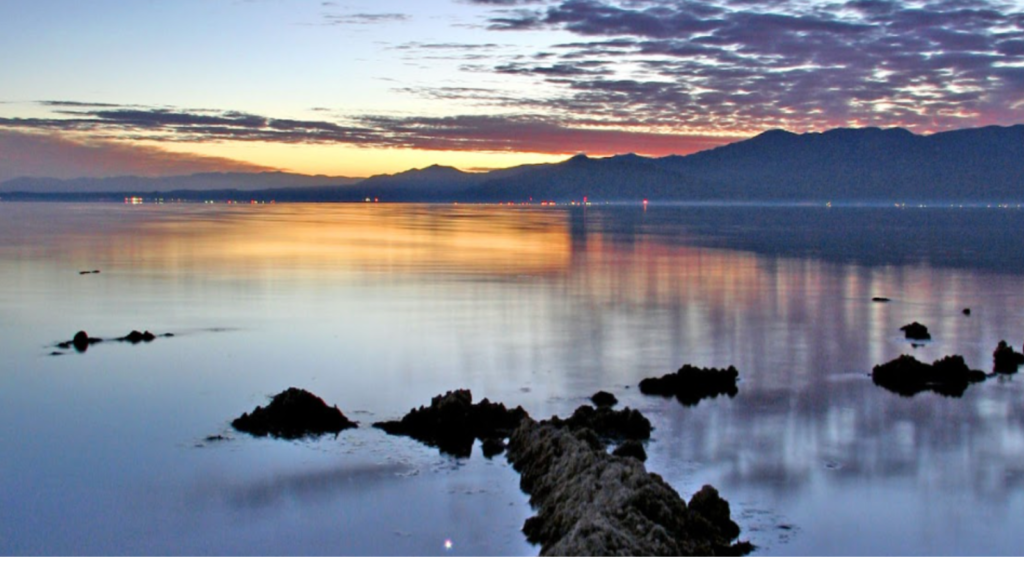
The health of California residents, migratory birds and the Salton Sea ecosystem continue to be pushed to the brink as a result of the fallout from the Quantitative Settlement Agreement (QSA). The QSA, which mandated the transfer of water from the agricultural Imperial Valley to urban regions, has devastated the Salton Sea and precipitated California’s worst environmental and public health catastrophe of this century.

The disastrous effects of the water transfer were never in doubt. The Salton Sea receives water in the form of irrigation runoff from fields in the Imperial Valley. When the QSA was proposed in 2003, it was recognized that transfer of water would cause the Sea to shrink and increase in salinity, leading to the collapse of the ecosystem and loss of one of the most important feeding sites for birds on the Pacific Flyway — a major north-south route used by migratory birds that stretches from Alaska to southernmost tip of South America. What’s more, the shrinking Sea creates dried beaches that are a source of toxic dust, affecting the health of the hundreds of thousands of people who live in the Imperial and Coachella Valleys.
Reports produced by the Little Hoover Commission, Pacific Institute, and numerous faculty within the University of California system, including those associated with the UC Irvine Salton Sea Initiative, emphasized the damage that would occur to the environment, to the economy of the region, and to the public health of hundreds of thousands of Californians.
The negative effects of the mandate were so clear that the State of California agreed to delay the water transfers for 15 years to seek mitigative measures. Although none were initiated, the water transfers were nonetheless approved by the State Water Resources Control Board in 2018.
The environmental, economic and public health impacts of the loss of the Salton Sea are complicated by three concurrent and interrelated events:
- Over-allocation of the water in the Colorado River complicates negotiations about water allocations within California.
- Global warming is simultaneously reducing water flow in the river.
- And in Utah, similar threats exist for the Great Salt Lake.
Loss of these two massive salt lakes would be a devastating one-two punch to millions of migratory birds on the Pacific Flyway.
In an attempt to mitigate the negative effects, the State of California is spending hundreds of millions of dollars to create artificial marshes along the shore of the Sea. Unfortunately, the rate of dust production vastly outpaces the state’s efforts and the marshes produced are threatened by toxic selenium in the available water sources. These short-term solutions proposed by the state are inadequate and late in implementation. If the Salton Sea ecosystem is to be saved, along with the health and wellbeing of Californians and migratory birds, the state must implement longer term solutions.
The 2023 Dean’s Report is focused on the state of California and calls attention to some of the work being done by faculty at the School of Biological Sciences that has a direct impact on the state’s residents and ecosystems, from climate change to diabetes research and much more.
